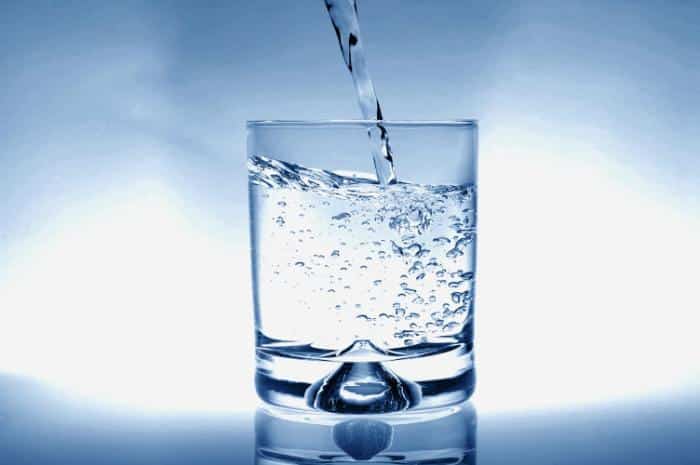How does a chlorination system work?
A chlorination system is a water treatment process that disinfects the water in an area. Chlorination kills bacteria, viruses and other microorganisms that cause disease in people. It is one of the most effective and affordable methods for treating drinking water and is widely used by municipalities across the world.
(Looking for “Eco-conscious water solutions” Contact us today!)

How does a chlorination system work?
The chlorination process is a very important part of water treatment because it prevents the spread of harmful microorganisms. A chlorination system uses chlorine (chloramines) to inactivate bacteria, fungi and other organisms that can cause diseases such as typhoid fever, dysentery, and cholera.
Chlorine is an effective disinfectant because it has a high oxidation potential, meaning that many different compounds are able to react with it. It can also be used to remove dissolved solids that are present in the water.
It is often found in drinking water supplies and swimming pools, where it can reduce the presence of germs that can cause infections and irritation to the skin and eyes. However, some waterborne pathogens, especially protozoan cysts, are resistant to the effects of chlorine and require a different type of disinfection.
1. The chemistry of chlorine.
There are two types of chlorine available for use in disinfection: Sodium Hypochlorite and Chlorine Gas. Sodium hypochlorite is manufactured by electrolysis, where water is electrically charged and splits into a mixture of chloroform and chlorine ions. Chlorine gas is a liquefied form of chlorine that can be transported and used for disinfection without the need for refrigeration or heat.
2. The chlorine generator.
A salt chlorine generator, or a “salt cell”, converts the sodium chloride in water into free chlorine through an electrolysis process. It is a convenient and economical way of disinfecting your pool water.
3. The metering pump.
A metering pump is the most common method for injecting chlorine chemicals into water for disinfection purposes. It combines the patented chlorination tank with a chemical feed solution, typically consisting of household bleach, to deliver the desired amount of chlorine to the water.
4. The control valves.
A shut-off valve is installed on both sides of the injector to ensure that the system is properly disinfected. A flow meter can be added for additional control and to provide a means of monitoring the amount of chlorine being injected into the water.
5. The chlorinator can be adjusted to meet the desired level of production.
The chlorine demand is determined by the amount of contamination. The chlorinator can be adjusted to the required level of production based on this measurement, which is easily done using a simple test strip provided with the unit.
6. The chlorinator can be adapted to fit a variety of applications.
A chlorine system is ideal for drinking and swimming pool disinfection, odor control of slime and marine growths, and in cooling towers and service water systems. It is also commonly found on board ships, campers and sports centers, and health care facilities.

